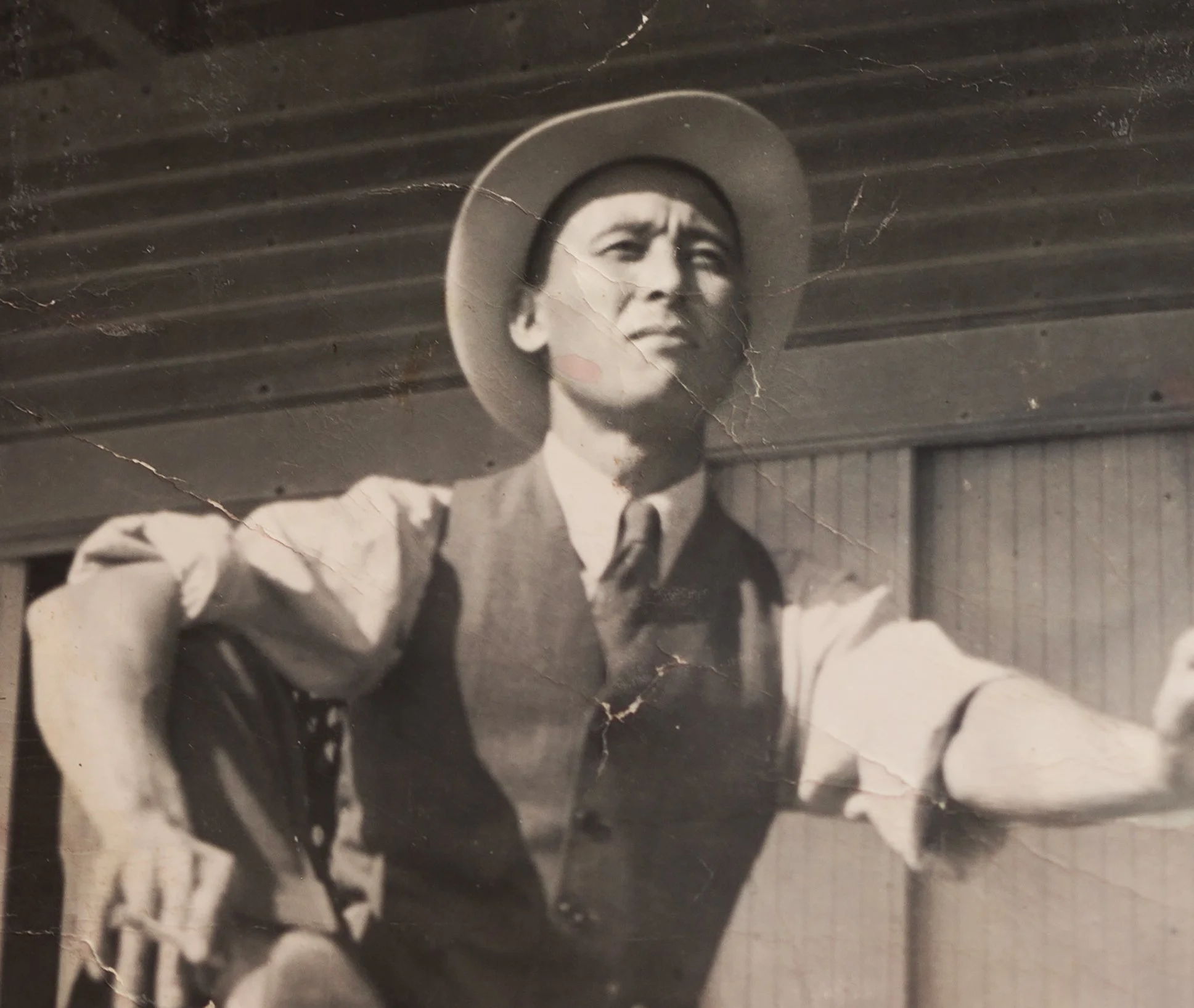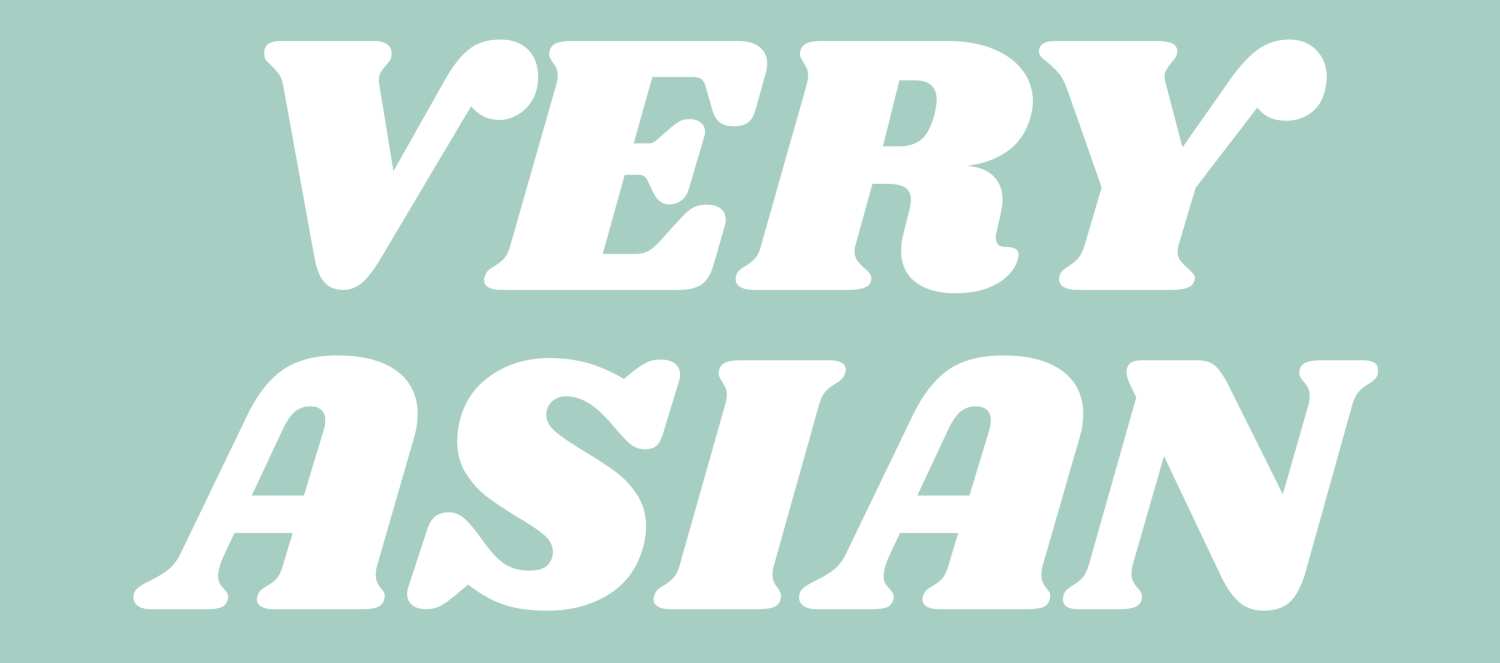Jessie Santala tells the story of her grandparents, Frank and Jean Kinoshita, who were incarcerated in U.S. Japanese concentration camps













February 19th is known as Day of Remembrance… a day that commemorates the imprisonment of Japanese Americans during World War II. Eighty years ago today, in 1942, President Roosevelt signed an executive order that placed more than 120,000 people, most of whom were American citizens, in concentration camps. The crime? Their Japanese ancestry. About half of them were children, under the age of 18, and some of them are still alive today. Families had a matter of days to sell their belongings, their homes, and shutter their businesses.
When I posted about this last year, a follower by the name of Jessie Santala commented to let me know that her grandparents were incarcerated in Heart Mountain, a U.S. Japanese concentration camp. Jessie said she would be happy to tell her grandparent’s story, and it’s my greatest honor to share it with you here. May we never forget this part of American history.
In memory of Frank Kozo Kinoshita (born in Japan, 1903-1979) and Yoshimi Jean Kinoshita (born in Washington, 1919-2012), Jessie writes:
In 1942 the FBI showed up at my grandparent’s home in California and they arrested my grandfather. My grandmother had a toddler and I recall her speaking about the fear she felt not knowing where her husband had been taken to or if he was ever going to return. The FBI eventually released him and he returned home only to be forcibly evacuated shortly after due to Executive Order 9066. My grandparents were allowed to each bring two suitcases full of their belongings and had to leave everything else behind. “I didn’t know where we were going,” my grandma once told me. “I didn’t know what to pack. I didn’t know what we would need.” One of the items she did pack was a tea set she had received as a wedding gift just a few years prior. My grandpa was 39 and my grandma was 23.
While my grandpa had been born in Japan, my grandma was born in Washington and was a citizen of the United States, as was her young son. That didn’t matter to the U.S. government though. My family was sent to Heart Mountain Internment Camp in Wyoming where they lived in a barrack until 1945. During that time, my grandpa often was given permission to work outside of the camp so my grandmother was often alone. Before leaving California, my grandfather had been the manager of a grocery store; they had owned their own home and had been well off. According to my grandma, he oversaw a lot of men and was greatly respected at his job. Whatever property or assets they owned all disappeared during the war, however, and they were left with next to nothing.
While in the camps, my grandma became pregnant with her second baby. This baby, a little girl named Naomi Misao, was born in Heart Mountain and died the day after she was born. My grandma said it was due to lack of access to proper medical care. I don’t think my grandma ever got over that loss.
After the war they moved to Denver, Colorado because they heard that Governor Carr had been sympathetic to the Japanese-Americans during the war. Also, they didn’t have anything to return to in California. The only things they owned when they left the camps were what they had brought with them and $25 the government had given them for travel expenses. They hoped that they might be more welcomed in Colorado.
They settled in Denver, had more children (one of whom is my mother) and lived here until they passed away. Two of my uncles went on to fight for the United States in Vietnam and Korea. My grandpa went on to open another grocery store and my grandma was known for her service to the Japanese-American community in Denver. She was an excellent cook and was often called upon to make origami crafts for fund-raisers for the Buddhist temple.
My grandma didn’t speak about her interment experience very much. I believe she still carried a lot of shame about it. But before she passed away I was able to interview her and ask her specific questions. She was very proud of the letter she received from President Regan apologizing and offering reparations. In spite of everything she experienced, she was a proud American. I think that added to her feelings of hurt and betrayal, that her own government would consider her disloyal.
I will never forget what she told me at the end of our time talking about internment: “I am an American. But just because my face looked different, I lost everything and got put into a camp.”
A note on terminology from the Japanese American National Museum. The following information is taken from an article authored by Kristen Hayashi, Ph.D., and explains the use of “concentration camps” vs. “internment camps” in further detail:
The Japanese American National Museum as well as scholars of the World War II incarceration of Japanese and Japanese Americans in the United States refer to the ten camps where civilians were incarcerated as America’s concentration camps, rather than internment camps. Government officials all the way up to President Franklin D. Roosevelt initially referred to them as “concentration camps.” The federal government soon began to refer to them euphemistically as “internment camps.” Internment, however, refers to the detention of “civilian enemy nationals.” The majority of Japanese and Japanese American incarcerees who were detained amongst the ten “War Relocation Centers” were US citizens by birth.
Using the term “internment camp” for the ten War Relocation Centers, which infers the detention of enemy aliens, is misleading. Additionally, the Department of Justice operated camps detained “enemy aliens,” mostly Japanese immigrants, but also Italians and Germans, as well. Japanese immigrants were considered “aliens ineligible for citizenship” because of discriminatory legislation that excluded non-whites from naturalization. “America’s concentration camps” is a nuanced term to describe the camps here in the United States and distinguish them from the concentration or death camps in Europe.
